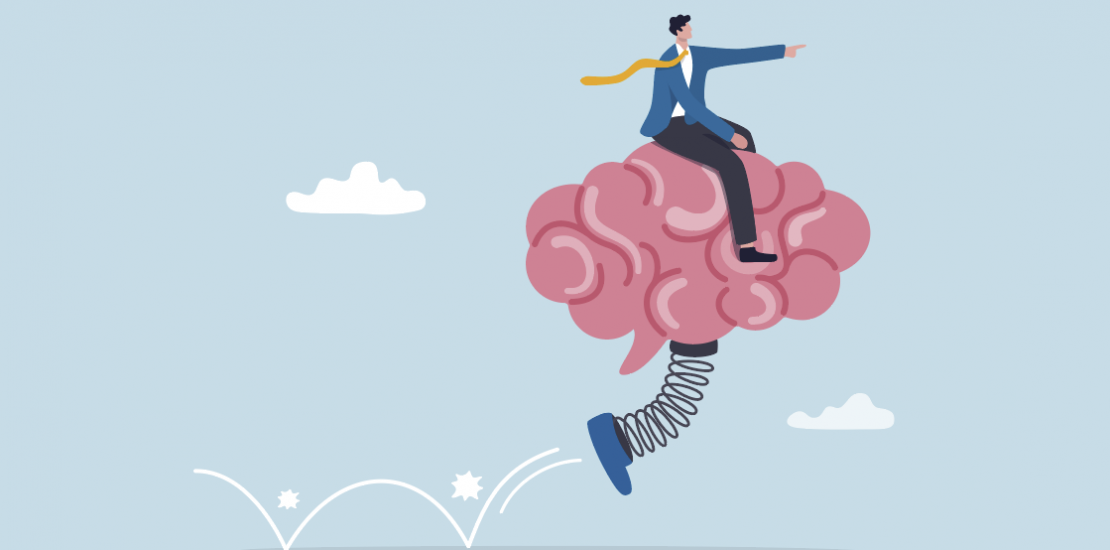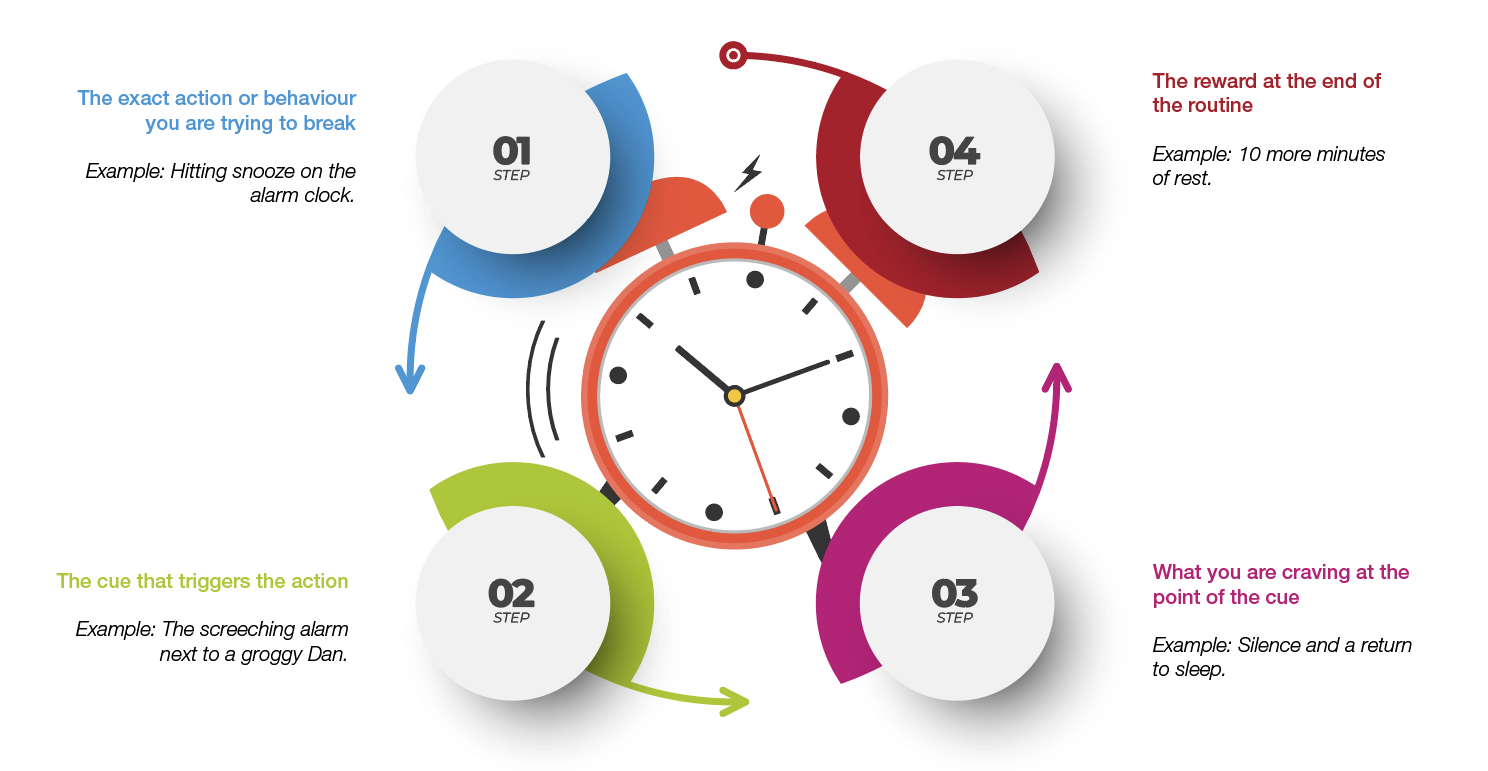- April 11, 2024

The human brain is the most devious machine in the universe. Armed with the raw computing power of 30 advanced supercomputers, crammed into a tiny cranium, running off less wattage than an LED lightbulb…. It asks one question above all others:
What is the laziest and most pain-free way I can survive until bedtime today?
As can be expected of such a machine… it has found an answer.
Remember learning to drive? The painstaking mental effort, glancing in the rear-view mirror, questioning the sanity of driving over 20mph? There was so much to learn… it was exhausting! Compare that to driving to work for the hundredth time along the same roads…barely a blip on the mental radar.
Say thank you to Heuristics. Your lazy, pattern-finding brain learnt that rather than spending conscious attention on your morning drive, it could bundle all the individual actions involved in getting to work (turning on the ignition, pulling out of the drive, accelerating…) into a routine, bury that into your subconscious, and just click “play” when you set off in the morning.
Boom. It’s formed a habit.
Habits drive all our unconscious behaviours. And unless you are actively overriding them, these routines dictate substantial chunks of your day-to-day life and the associated outcomes. All it takes is a little cue, and your brain, (the striatum), starts playing out the routine, flooding dopamine (the neurotransmitter that drives you to action) into your neurons, driving you to take the next pre-determined step, and then rewarding you once you complete the routine. Each time the routine works (e.g. getting you to work in one piece), the neural pathways are reinforced, making it harder to resist the next time the cue is triggered. The bigger the dopamine hit, the bigger the reinforcement. It’s no coincidence that most addictive behaviours are the biggest dopamine triggers (junk food, drugs, drinking).
Your brain and its habits are both your greatest friend and greatest enemy. So, let’s weaponise them and make them serve you.
How to Break a Habit 101
Bad news first. Habits can’t be broken. They’re reinforced neural pathways in your mind. Short of a lobotomy, they will always exist (just like how old memories may fade, but always linger, ready to be pulled to the surface by a cue). We can weaken a habit’s strength by resisting it and not activating it, but the risk of relapse is real, especially if we don’t develop new routines and rely on willpower alone.
Good news. We don’t need to break habits, just bury them… underneath a healthier habit. The secret? Make sure the new habit co-opts or changes the cue:
Step #1: Map the Habit Loop.
Any habit “loop” (coined by Charles Duhigg) is made up of four components: a cue, a craving, an action, and a reward. Get a pen and paper and write down in the following order:

Step #2: Disrupt the Habit Loop
Habits exists in our subconscious. Introduce a barrier before the action that requires conscious thought to overcome. The stronger the barrier, the better.
Example: Move the alarm to the corner of the room, requiring getting out of bed to turn it off.
The strongest barrier is one that cannot be ignored and demands a particular action.
Example: The noise of a blaring alarm is so grating that you likely won’t let it ring endlessly for minutes. This removes the option of staying in bed.
Step #3: Find an Alternate Reward
Find a healthier reward that satisfies the original craving.
Example: A warm, relaxing morning shower.
Step #4: Practice the New Habit
At the moment of conscious thought, decide to pursue the healthy action. Make this as regular a practice as possible until you find that the desire to fulfil the healthy habit is stronger than the desire to fulfil the unhealthy habit, when faced with the same cue.
Following this process, by simply moving my phone alarm to the corner of the room and having a warm shower immediately after waking, the urge to remain in bed has disappeared and my morning productivity has increased. However, I still accept that were I to remove the barriers to the old technique by leaving my phone next to my bed, the old habit will quickly return as it has had years to accumulate and strengthen.
Boom. Instant results with minimal willpower.
These principles are not only effective in your personal life but can also be applied with any team or organisation going through a change programme. It is vital to project sustainability that old habits cease, so don’t be afraid to use these techniques! What are the cues and ‘cravings’ of the team? What’s the desired action? How can the existing behaviour be disrupted? What rewards would be appropriate?
P.S. Don’t Stress
Whilst it’s easy to ruminate over small failures in building a new habit, it is important to stay positive. Negativity will also trigger a mental fight or flight response and reduce your openness to change (When we feel threatened, we cling to what we know).
Relapse is normal and to be expected. This technique does not rely on willpower, so the relapse is not because of ‘you’ but rather a need for bigger disruptors to the old technique, or a more relevant and powerful reward. Do not be afraid to iterate and keep cycling through the steps!
